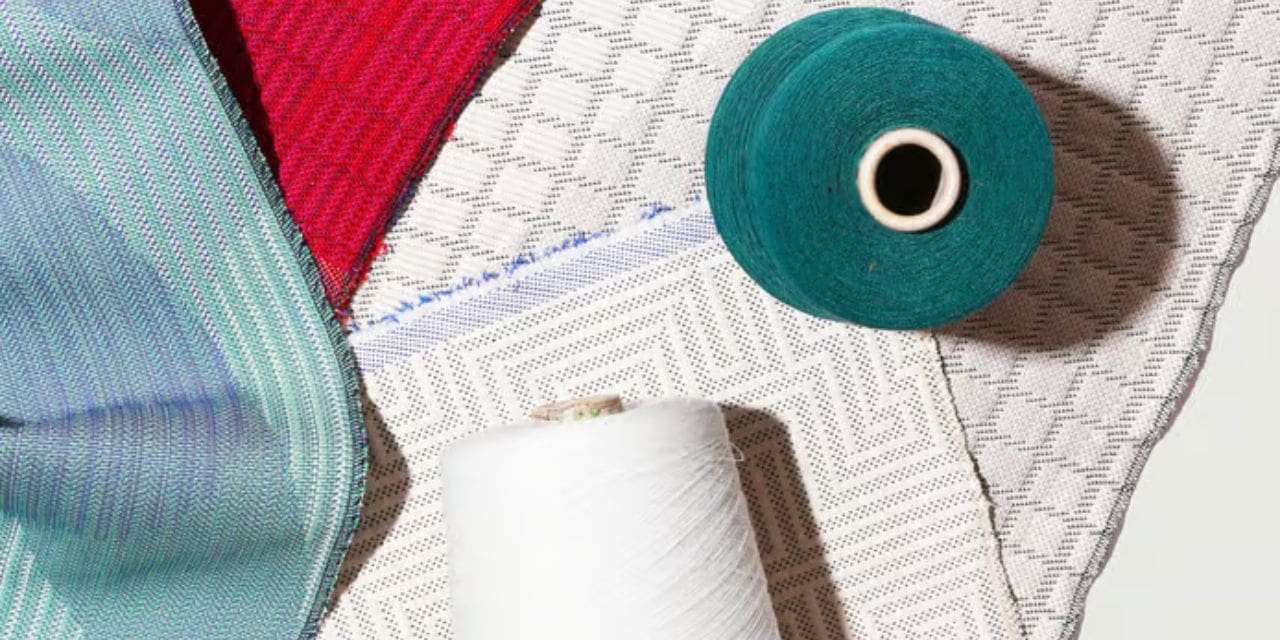We explain everything about the “technical construction” of your garment in this background article. from fabric to clothing. We begin with the finished item, your clothing, and work our way backward gradually. Regarding the textiles, yarns, and raw materials/fibers. We also talk about the processes involved in finishing.
Yarns are braided over and under one another during the weaving process. The ways that the warp and weft strands cross are known as weaves. The simplest weave, called a plain weave, has threads that cross one up and one down every time. Clothes that are often woven include jackets, trousers and shirts. Conversely, jeans are nearly always woven using a twill weave, which is a weave in which there is at least one up, two down, or vice versa crossing of the warp and weft yarns. Just take a look at your jeans; you can identify the binding by the slant lines that pass through the material.
One long yarn is often used for knitting. A yarn is worked into loops that are joined to one another. The loops can be stretched. Similar to the various techniques used in weaving, there are various approaches to knitting. What sort of clothing is knitted? Lots. Although cardigans and sweaters are the most popular knit items, many T-shirts, tights, socks, and “tricot” undergarments are also knitted. Generally, the rows of v’s on the front of a knitted cloth identify it as such.
One term for a fabric composed of fibres rather than yarn is non-woven. Felt is one example, where heat and pressure are used to firmly fuse together free strands. Glue and loose fibres can also be used to create a non-woven. The adhesive melts together when heated.
The characteristics and look of a garment are also influenced by the fabric’s manufacturing process. “You don’t always need elastane, the textile fibre that gives clothing its “stretch,” to make a garment more elastic. Because each loop allows for movement, you can also make it into a knit, as fashion expert Monique Wertheym.
Fabrics are often ‘processed’ or ‘treated’. The technical term is finishing processes. The purpose of finishing processes is to improve the garment’s properties and/or make it more beautiful. Which finishing processes are used depends on the raw material and the desired use.
You can make fabrics for instance shiny, iron-proof or water-repellent. But note that finishing processes can be done at different stages of production, Wertheym emphasises. “Processing can be done at four levels: at fibre, yarn, fabric or garment level.”
Dyeing is the most common finishing process. And so [dyeing] also happens at different stages in production. But, most of the time, according to the expert, fabrics are pre-treated, then dyed and then post-treated.

